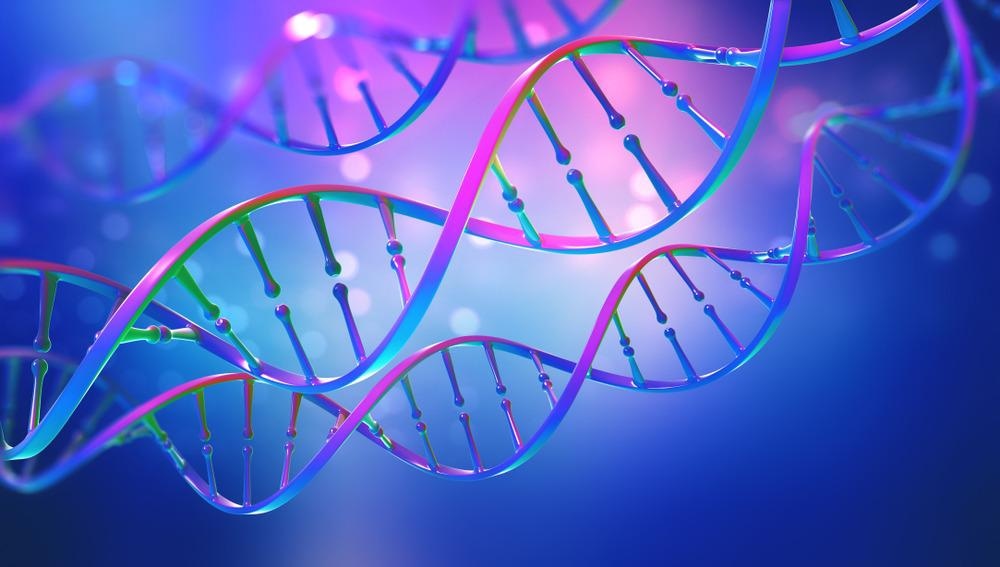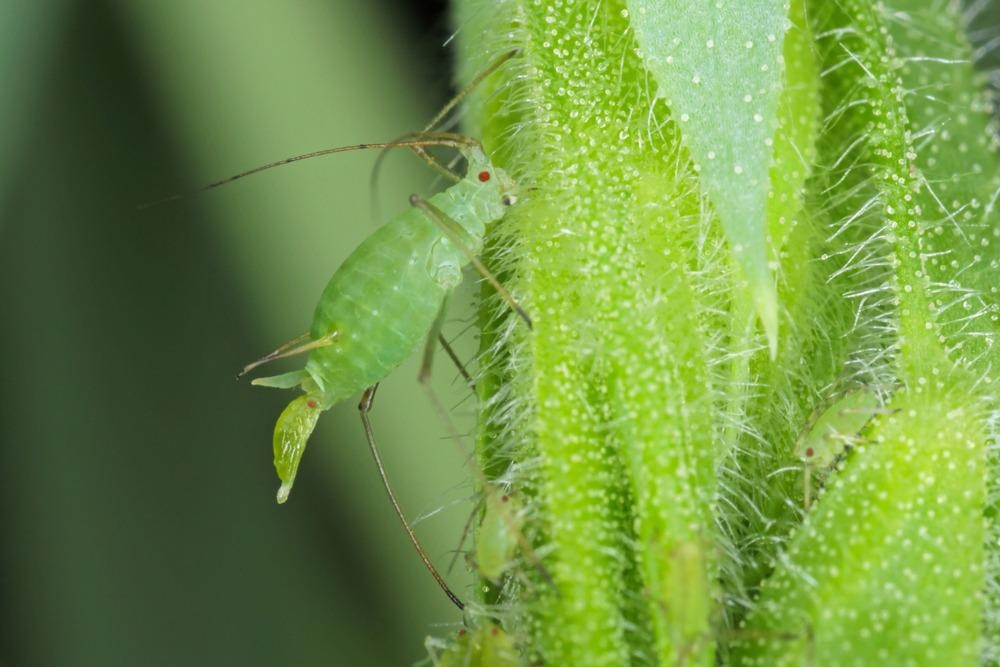Phenotypic plasticity refers to the ability of one genotype to be expressed via varying phenotypes in response to being exposed to different environmental conditions. Phenotypic plasticity always involves a change in gene expression or gene product.

Image Credit: Yurchanka Siarhei/Shutterstock.com
Plasticity, as it acts at the level of the individual, is considered to be a rapid response mechanism that will enable the organism to adapt and survive in response to a stimulus, sometimes called plastic rescue. Plasticity also presents a barrier to adaptation as it shifts the distribution of phenotypes in the population towards the optimum, going against natural selection as some genes are shielded. This is particularly true as not all plastic responses are adaptive.
Plasticity has a vital role to play in the adaptation of species. It plays a role in all domains of life; intrinsically, it can affect morphological, physiological, and behavioral aspects of the phenotype of an organism. It is considered a universal property of living organisms, affecting everything from plants to bacteria and even phage λ and other bacteriophages with lytic ( or virulent) or lysogenic (or temperate) life cycles.
What Causes Phenotypic Plasticity?
Genetic variation within a population is necessary for natural selection to drive phenotypic plasticity. If all individuals in a population of identical, then genetic fitness will be the same. A mutation is an inheritable change in a gene or chromosome. Mutations can occur in genes to produce traits such as sickle cell anemia or cystic fibrosis. Mutations in chromosomes result from duplication, deletions, inversions, or translocations.
Another source of genetic variation arises during genetic recombination. There are two forms of genetic recombination instances. The first is sexual reproduction, in which two individuals produce haploid gametes, eggs or sperm, that combine to form a diploid cell or zygote. Reassortment of the genes provided by the two parents in the offspring occurs, and this dramatically increases the variation within a population by creating new combinations of existing genes. The other means of genetic recombination occurs during asexual reproduction. However, minor variation occurs due to the limits of genetic variation being restricted to mutations only.
Many phenotypic traits show continuous quantitative variation. Many mutations often influence traits such as sizes and rates of processes—adaptation results from the natural selection of these heritable variations in traits that affect evolutionary fitness. On the genomic level, genetic differences among individuals cause relative changes in survival and reproductive success, which are then selected for.
Individuals whose traits enable higher rates of reproduction subsequently leave more descendants, and therefore the alleles responsible for those traits increase in prevalence in the gene pool of the population. This process is referred to as adaptation.
Phenotypic plasticity allows individuals to adapt to environmental change. The set of phenotypes expressed by a single genotype across a range of environmental conditions is the norm of reaction.
Conceptual Features of Phenotypic Plasticity
There are three main conceptual features of plasticity. The first is a phenotypic variation of plastic traits that can be continuous or discrete. Discrete plasticity results in alternative phenotypes, and continuous plasticity Is more difficult to distinguish as it is difficult to determine whether the observed phenotypic variation is produced as a consequence of plasticity in response to an environmental change or has arisen from genetic polymorphism.
Contrastingly, alternative phenotypes, as seen in cases of discrete variation, demonstrate a well-defined response to an environmental element. Examples of discrete phenotypic variation include butterfly wing patterns and clonally propagating rotifers. Therefore, discrete plasticity produces a range of alternative phenotypes that are important in contemporary case studies of plasticity.
The second feature of phenotypic plasticity is whether or not they are adaptive or nonadaptive. Nonadaptive plasticity is likely to produce maladaptive traits that don't have evolutionary significance. Researchers argue that only adaptive plastic traits can contribute to an evolutionary response to a changing environment. However, some studies have argued that nonadaptive plasticity is significant and may later prove adaptive because it rapidly evolves. This is particularly notable in light of climate change which presents the opportunity for the rapid evolution of maladaptive traits.
Adaptive phenotypic plasticity is also referred to as acclimation. Examples include growing thicker fur in winter, producing smaller leaves during the dry season, and synthesizing enzymes with optimal temperatures depending on the ambient environmental temperature.
Adaptive phenotypic plasticity may be thought of as a shift in an individual's range of physiological tolerances and may take days to weeks, and is reversible.
The final conceptual feature of phenotypic plasticity is regulating the threshold response - either stochastically or conditionally. Conditional regulation is more common. However, stochastic factors are better characterized in microbes.
For example, spore formation in Bacillus subtilis is an example of phenotypic heterogeneity, otherwise known as bistability. In its extreme form, stochastic plasticity does not need an organism to detect environmental cues; instead, it may diversify into coexisting subpopulations at random, comprised of different phenotypes. This increases the probability that one of these phenotype populations possesses a chance of survival in response to an environmental cue.

Image Credit: Tomasz Klejdysz/Shutterstock.com
Why Is Phenotypic Plasticity Important?
Phenotypic plasticity is considered an adaptive strategy that enables organisms to live in varying environments as long as the plastic response is delivered in a timely manner, is accurate in its response, and is not too costly to the organism.
Phenotypic plasticity is more critical for immobile organisms such as plants than mobile organisms such as multicellular animals. Mobile organisms, nevertheless, exhibit degrees of plasticity in some aspects of their phenotype. One example of an organism in which phenotypic plasticity is particularly noticeable in the multicellular context is a member of the aphid family.
Acyrthosiphon pisum exhibits the ability to interchange between sexual and asexual reproduction in addition to growing wings between generations if the plants become overpopulated with aphids.
Sources:
- Susoy, V, and R J Sommer (2016) Stochastic and conditional regulation of nematode mouth-form dimorphisms. Front. Ecol. Evol. doi: 10.3389/fevo.2016.00023.
- Sommer RJ. (2020) Phenotypic Plasticity: From Theory and Genetics to Current and Future Challenges. Genetics. doi: 10.1534/genetics.120.303163.
- Nijhout HF. (2015) To plasticity and back again. Elife . doi: 10.7554/elife.06995
Further Reading
Last Updated: May 16, 2022